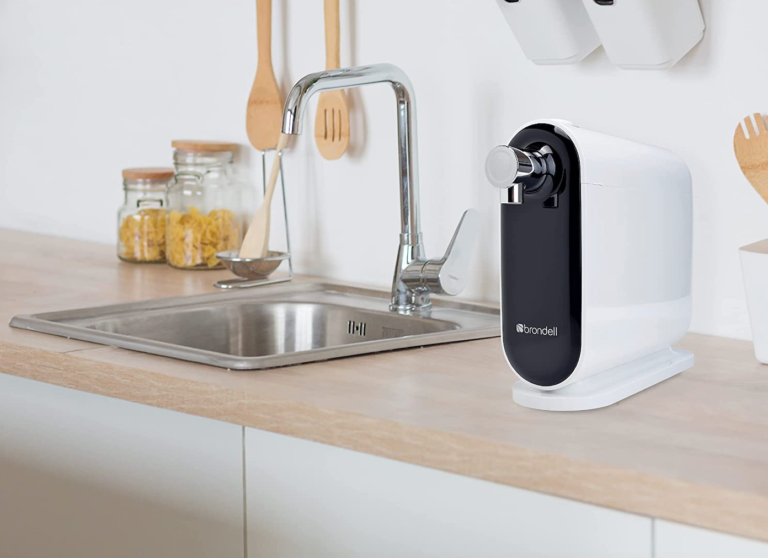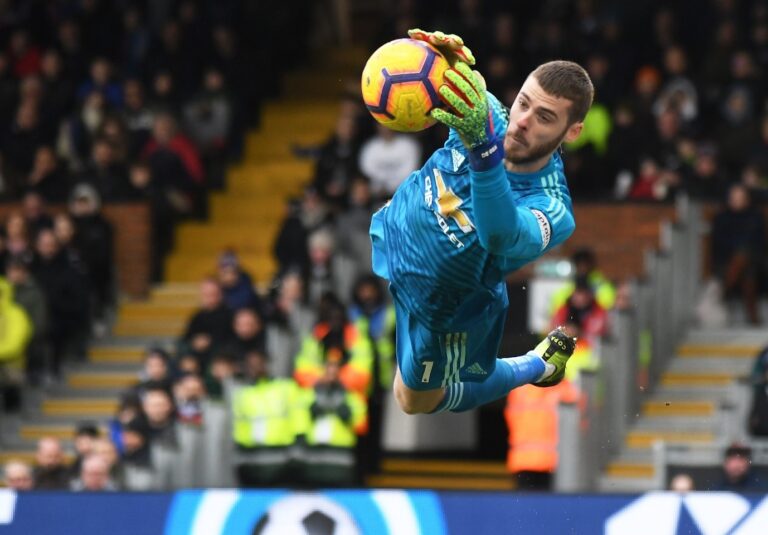How to Add Interactive Elements to Your Event Promotions: 5 Ways
Engaging your audience with interactive elements in event promotions can significantly boost interest and participation. Interactive content not only captures attention but also encourages potential attendees to engage with your material, making them more likely to attend your event. Here are five effective ways to incorporate interactive elements into your event promotions:
5 effective ways to make your event promotions more interactive
1. Interactive Quizzes and Surveys
Quizzes and surveys are excellent tools to engage your audience and gather valuable data. Creating a quiz related to the event’s theme can pique interest and provide insights into what potential attendees are looking for. For example, if you’re hosting a tech conference, a quiz titled “What Type of Tech Innovator Are You?” can engage tech enthusiasts. Similarly, surveys can be used to understand preferences, expectations, and topics of interest.
Lastly, exploring AI customer service statistics reveals that businesses leveraging AI technologies witness significant improvements in response times, efficiency, and customer satisfaction scores, contributing to enhanced overall service quality and operational effectiveness.
2. Live Polls and Q&A Sessions
Incorporating live polls and Q&A sessions in your promotional strategy can create a sense of community and involvement. Live polls can be conducted during webinars or live streams leading up to the event, allowing participants to vote on topics, speakers, or session format. For training events, integrating live Q&A sessions can foster interactive learning environments where participants can ask questions in real-time, receive immediate responses, and engage more deeply with the content and instructors.
Q&A sessions can be held on social media platforms or during live streams, giving your audience the chance to interact directly with event organizers and speakers. This not only builds excitement but also provides real-time feedback.
3. Gamification
Gamification adds a fun and competitive element to your event promotions. Create challenges or contests that encourage participants to engage with your content. For instance, a photo contest on Instagram with a specific event hashtag can encourage attendees to share their excitement and spread the word. Another idea is a scavenger hunt where participants have to find and engage with various pieces of content on your website or social media channels. Offering prizes or incentives for participation can further boost engagement.
4. Virtual Reality (VR) and Augmented Reality (AR) Experiences
Integrating VR and AR experiences can make your event promotions stand out. Create a virtual tour of the event venue or an augmented reality preview of the event’s key highlights. For example, if you’re promoting a trade show, an AR app that allows users to explore virtual booths can provide a taste of the actual event experience. These immersive technologies not only capture attention but also provide a memorable and engaging way to showcase your event.
5. Interactive Infographics and Videos
Infographics and videos are powerful promotional tools, and making them interactive can significantly enhance their effectiveness. Interactive infographics allow users to click on various sections to reveal more information, making the content more engaging and informative. For example, an interactive infographic about your event schedule can allow users to click on different sessions to see detailed descriptions. Interactive videos can include clickable elements that guide viewers to additional content, registration pages, or social media channels.
Conclusion
Adding interactive elements to your event promotions can transform a passive audience into active participants, increasing engagement and interest. Whether it’s through quizzes, live polls, gamification, VR/AR experiences, or interactive infographics and videos, these techniques can make your promotional efforts more dynamic and effective. By leveraging these strategies, you can create a buzz around your event, gather valuable feedback, and ultimately drive higher attendance.


